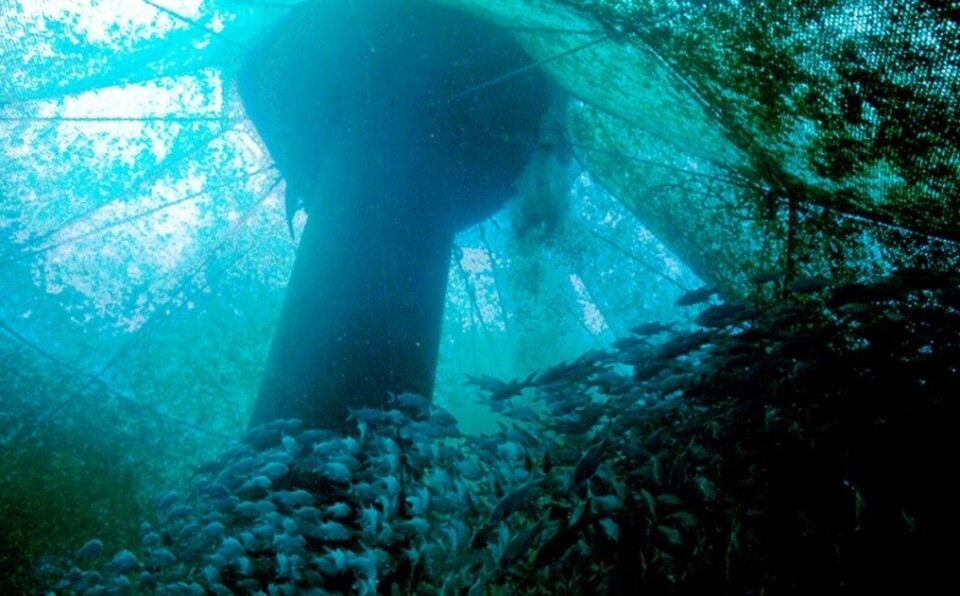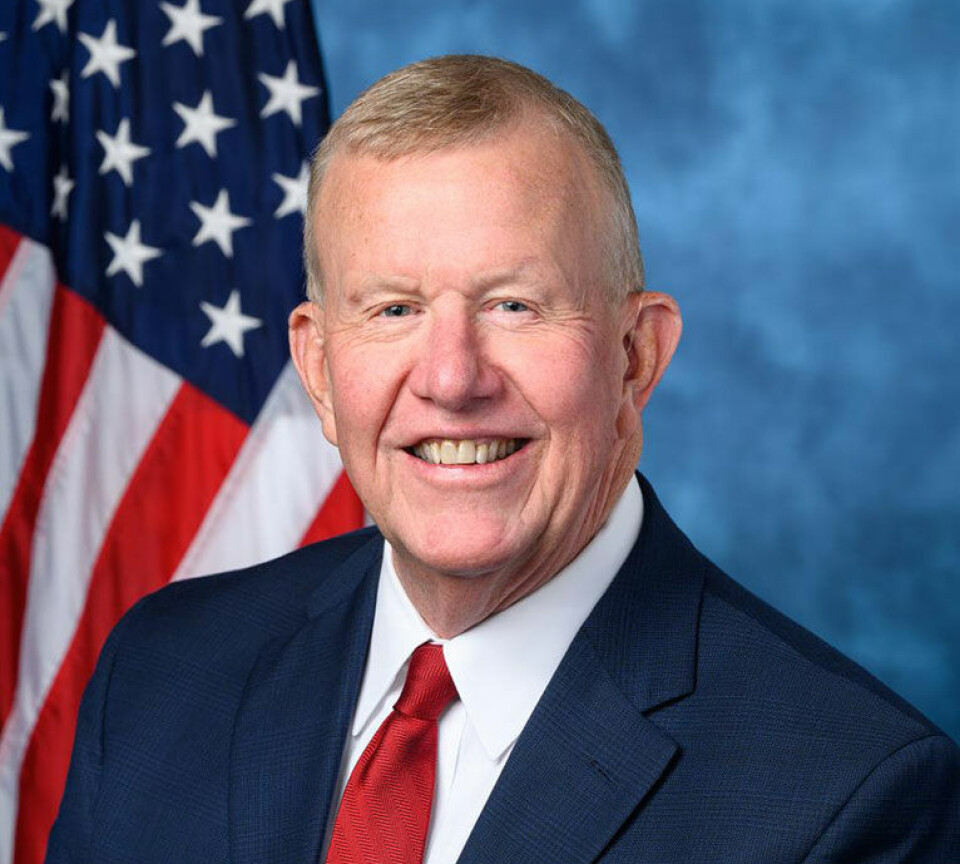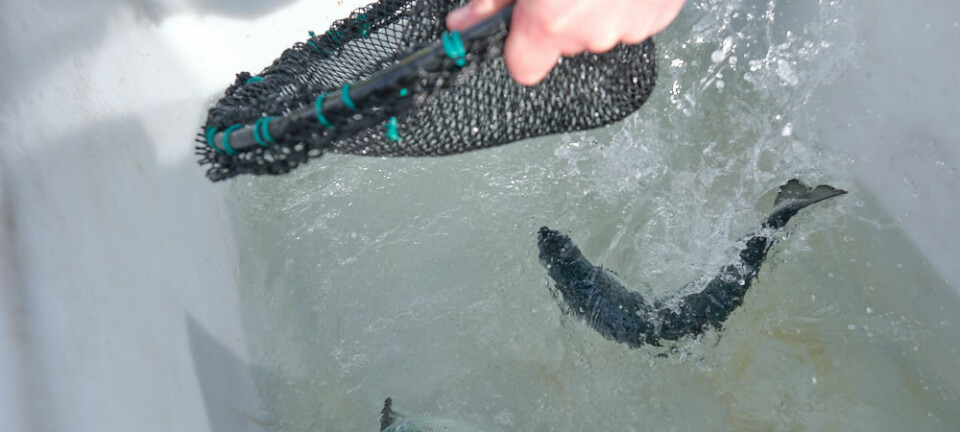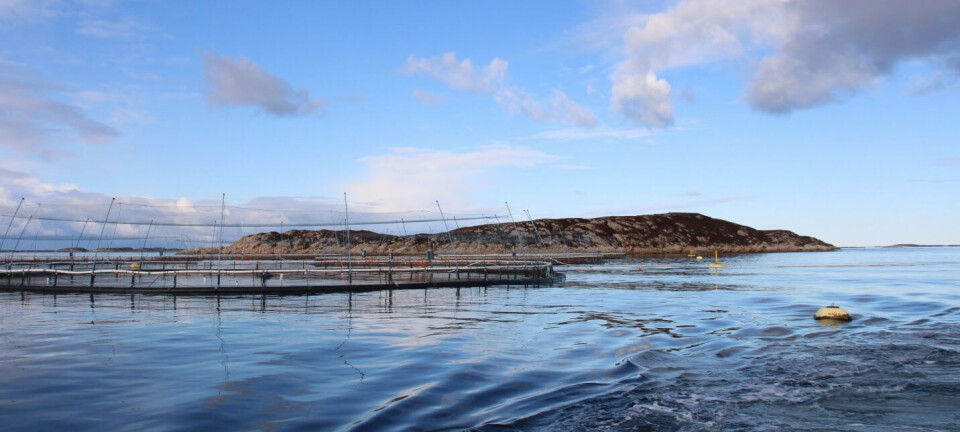
Politicians strengthen bid to take the chains off US aquaculture
Representatives introduce companion bill to act being promoted in Senate
Democrat and Republican politicians in the US House of Representatives (the House) have joined forces to introduce a bill that would make it easier to establish offshore fish farms.
The four Representatives from Mississippi, Hawaii, Florida, and California have introduced the Marine Aquaculture Research for America (MARA) Act of 2025 as companion legislation to the same act introduced in the US Senate earlier this year.
Pro-aquaculture lobby group Stronger America Through Seafood (SATS) says that the lack of a clear permitting framework, as well as duplicative and costly environmental reviews by multiple federal agencies, have made it nearly impossible for fish farmers to establish aquaculture operations in US federal waters, hindering growth of American aquaculture.
It adds that federal legislation is needed to unlock the potential of open ocean aquaculture in America.
Permitting timelines
Among other things, the MARA Act would set clear timelines and establish a consolidated environmental review process during the permitting approval process.
It would also create a dedicated Office of Aquaculture within the National Oceanic and Atmospheric Administration’s (NOAA) National Marine Fisheries Service to coordinate federal permitting for a US aquaculture programme.
The Representatives who introduced the bill are Mike Ezell (Republican, Mississippi), Ed Case (Democrat, Hawaii), Kat Cammack Republican, Florida) and Jimmy Panetta (Democrat, California).
“We thank Representatives Ezell, Case, Cammack and Panetta for their leadership in introducing the MARA Act in the US House, legislation that is necessary to support the expansion of American aquaculture,” said Drue Banta Winters, campaign manager of Stronger America Through Seafood (SATS).
“Open ocean aquaculture would work in complement with our nation’s wild fisheries to help increase America’s seafood supply, create jobs across the seafood supply chain, and spur investment in coastal communities. SATS looks forward to continuing to educate Members of Congress on why federal legislation is needed to build a robust American open ocean aquaculture industry that will benefit communities nationwide.”

'The right way'
“The MARA Act ensures that as we grow our offshore aquaculture sector, we do it the right way with science, transparency, and public engagement at the centre,” said Mississippi politician Ezell.
“This bill puts the US on a path to food security, environmental stewardship, and coastal economic development. Offshore aquaculture, when done responsibly, holds enormous potential to feed more people, create jobs, and protect wild fisheries. The MARA Act gives us the tools to lead the world in sustainable seafood production.”
Cammack, from Florida, said: “America should be leading the world in responsible, sustainable seafood production, not outsourcing it.
“The MARA Act will strengthen our food security, support our coastal communities, and ensure that growth in aquaculture off our shores happens the right way - with transparency, science, and accountability.”
Gaining support
SATS said that since the MARA Act was introduced in the Senate by Hawaii Democrat Brain Schatz and Mississippi Republican Roger Wicker, the bill has gained bipartisan support, as well as backing from leading environmental groups, seafood industry leaders, award-winning chefs, and academics.
Previous attempts to pass an aquaculture act have been made in both the Senate and the House but have timed out. Representatives serve a two-year term, and although senators have six-year terms, one third of the Senate is up for re-election every two years.
US president Donald Trump issued an executive order during his first term in an attempt to cut some of the red tape that ties up offshore aquaculture, but although NOAA has identified a number of Aquaculture Opportunity Areas, permitting remains a long, expensive, and uncertain process for those wishing to establish an offshore fish farm.























































